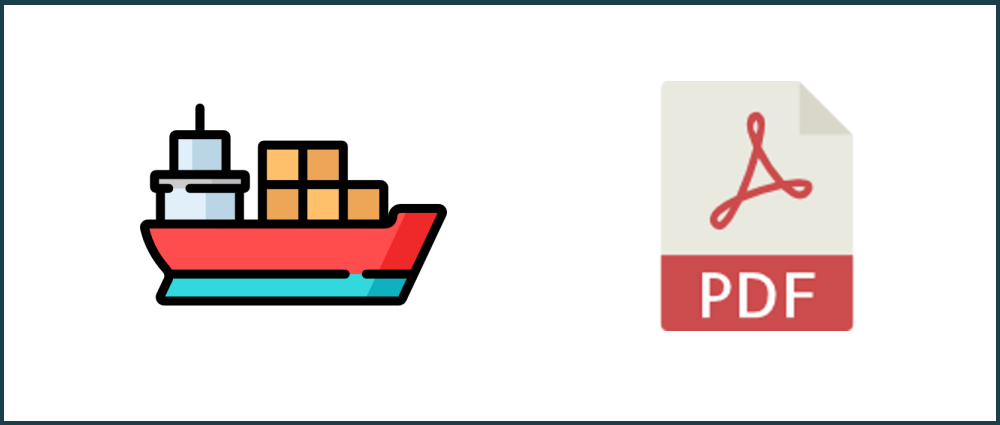What is the Earliest Return Date and why is it important for logistics companies?
Earliest return date a.k.a. earliest receive date (ERD) is an essential piece of information for the logistics industry which moves containers from A to B. The ERD is the popular acronym for the cut-off date and time for a container to be at a port or train depot, ready for loading. If a container arrives too early, there may no place for it to be stored. If it's too late, it will miss the transport window. A mistake in missing the ERD can be expensive in terms of committed delivery dates, operational efficiency and costs of waiting for the next available slot.

Who publishes the ERD and how are they used?
Earliest receive dates are published by shipping companies and train operators. They are made available as HTML, in Excel spreadsheets or as PDF (this is where PDFTables can help by converting PDF tables to Excel spreadsheets or CSV formats!). Logistics companies collect, consolidate and re-publish ERDs from numerous transport providers to their customers and drivers to help improve operations. They also refresh these data since it's possible for ERDs to change regularly and this has serious knock-on effects. The costs resulting in inaccurate ERDs could be up to $1000 per shipment. More than three-quarters of responding exporters reported that at least 5% of their shipments incurred more costs as a result of ERD changes, according to a survey conducted by the US Agriculture Transport Coalition (AgTC) and tech company TradeLanes.
What kind of costs are incurred for missing the ERD?
Drayage fees are the costs incurred when shipments are moved over a short distance preparing for the next stage of their journey; such as from a warehouse or rail station to a port or vice versa. Pre-pull fees are a good example of a drayage fee. When a container is picked up at a port but is not delivered the same day, pre-pull fees are charged. These costs are significant and measurable. Costs that are harder to measure but significant are those emanating from the inefficiencies introduced for the driver, the transport companies and the end customer.
Automating and consolidating ERDs from multiple transport providers
Many in the logistics industry admit that they're behind when it comes to digitisation and they're working at playing catch-up. They're using modern tools like PDFTables.com to get ERD data from the transport providers into a format that allow these data to be repurposed, refreshed and made available to customers and drivers. Many of our logistics customers use our API to automate the collection and publication from multiple transport companies into a single consolidated ERD schedule.
Do you have more questions?
Check out our other blog posts here or on our FAQ page. Also, feel free to contact us.
Love PDFTables? Leave us a review on our Trustpilot page!
Photo from Vecteezy.
Icons made by Smashicons and Freepik from www.flaticon.com is licensed by CC 3.0 BY


